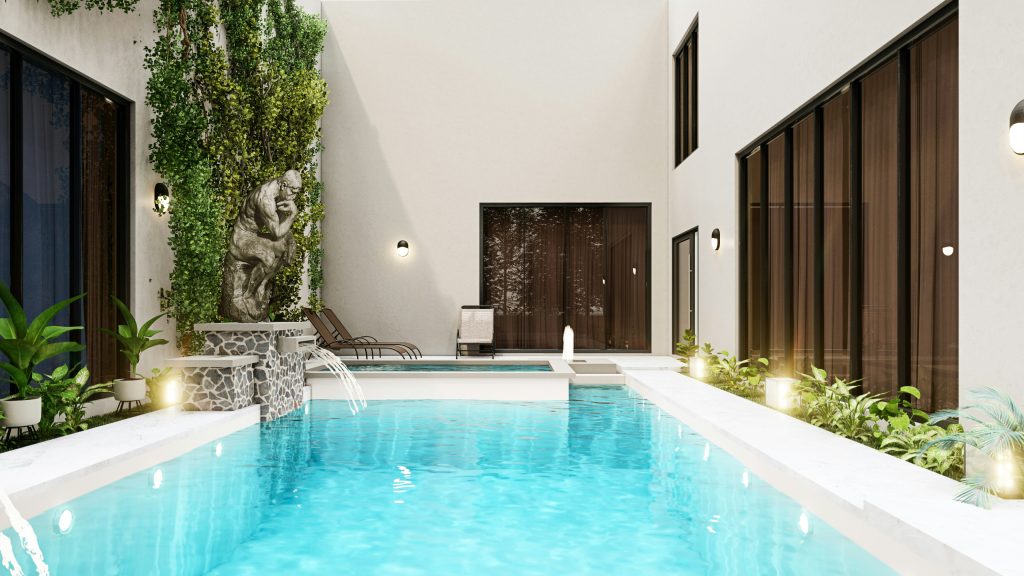All fields are required
Posted in Legionella,Legionnaire's disease on March 6, 2024

Legionnaires’ disease, a severe form of pneumonia caused by the Legionella bacteria, can be transmitted through various water sources, including swimming pools. While the risk of transmission in properly maintained swimming pools is generally low, certain conditions can create an environment conducive to Legionella growth and dissemination.
If you or a loved one believes they have contracted Legionnaires’ disease from a swimming pool, another party may be liable. Arrange a free consultation with a trusted Legionnaires’ disease lawyer today.
Legionella bacteria are typically transmitted through inhalation of aerosolized water droplets containing the bacteria. In swimming pools, the primary mode of transmission would be through inhalation of contaminated water droplets generated by activities such as diving, splashing, or water features like water slides. Direct ingestion of pool water is not considered a significant risk factor for Legionnaires’ disease transmission.
Legionella bacteria thrive in warm water temperatures, typically between 77°F (25°C) and 108°F (42°C). Swimming pools, especially those heated or exposed to sunlight, can provide ideal conditions for Legionella growth if not properly managed.
Chlorine and other disinfectants are commonly used to control microbial growth in swimming pools. However, if chlorine levels are inadequate or if the pool water is not properly treated, Legionella bacteria can survive and multiply. The Centers for Disease Control and Prevention (CDC) recommends maintaining free chlorine levels of 1-3 parts per million (ppm) and pH levels between 7.2 and 7.8 to ensure effective disinfection.
Biofilms, layers of microorganisms that adhere to surfaces, can develop in swimming pool pipes, filters, and other components. Legionella bacteria can colonize these biofilms, providing a reservoir for continued growth and dissemination into the pool water.
Activities such as swimming, splashing, and water aerobics can generate aerosolized water droplets containing Legionella bacteria. Inhalation of these contaminated droplets, especially in poorly ventilated indoor pool areas, can lead to Legionnaires’ disease.
Inadequate maintenance of swimming pool equipment, including filters, pumps, and recirculation systems, can contribute to the proliferation of Legionella bacteria. Failure to clean and disinfect these components regularly can increase the risk of contamination.
High bather loads in swimming pools, particularly during peak seasons or events, can increase the concentration of Legionella bacteria in the water. Close proximity and shared water activities may facilitate the transmission of the bacteria among pool users.
Pool operators and owners should implement the following measures to minimize the risk of Legionnaires’ disease transmission in swimming pools:
By implementing these preventive measures and additional guidelines provided by the CDC, swimming pool operators can help reduce possible contamination.